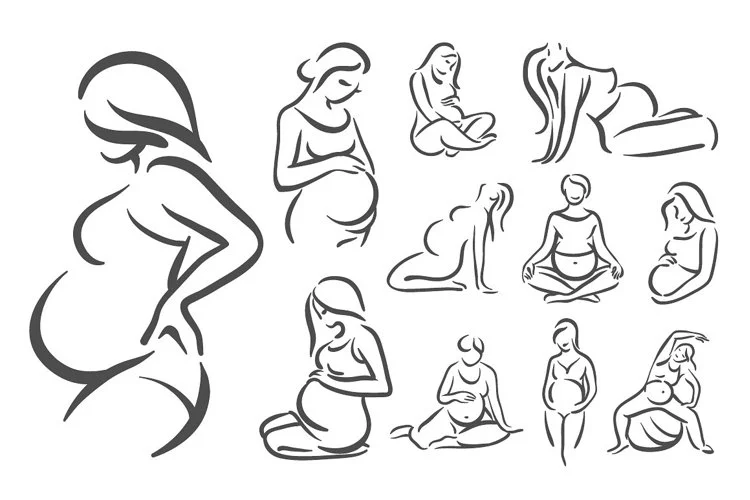Grooming Standards
Think about a typical day at the urban playground. The fathers are still rocking their old jeans and vintage band t-shirts, while the mothers have upgraded their wardrobes since having kids. Those jeans are now the fourth pair purchased since their first pregnancy, paired with blouses designed to drape gracefully over the post-baby belly—anything to divert attention from the aftermath of childbirth. Makeup is minimal, yet present.
The boys resemble their dads, decked out in mostly neat jeans and sneakers, while the girls are slightly more fashionable in cute little dresses adorned with bicycle prints and matching bloomers. The boys typically have short haircuts, quickly managed at a barbershop, while the girls often sport longer styles that require professional care. Personally, I find myself taking 30 to 40 minutes to get ready, compared to my husband and sons, who are out the door in just 15 minutes. My husband utilizes that time to work or practice the guitar.
The Economics of Grooming
This reality is nothing new to Dr. Mark Thompson, an economist who studies grooming habits at a local university. In our conversation, he noted that women tend to spend about 15 more minutes on grooming each day than men—45 minutes for women versus 30 for men. His research even revealed that women who spend an additional 45 minutes on grooming earn 3% less than their counterparts who groom less.
When I pressed him on the long-term financial implications, he calculated that this 3% difference could accumulate to approximately $1.4 million over a 30-year career. That could significantly impact retirement savings, he pointed out.
One might wonder why more grooming translates to lower earnings. While good grooming is often associated with professionalism, it seems that women who invest more time in their appearance may be seen as overly fussy by employers. This discrepancy raises questions about societal standards and their impact on women’s professional opportunities.
The Preparation Behind the Scenes
Many women in high-powered positions tend to maintain a low-maintenance appearance. For instance, consider Emily, a professional in the tech sector, who limits her makeup routine to just a few essential items, projecting a serious demeanor. However, she also mentioned the “prep work” that goes into achieving that look—like regular manicures and carefully choosing age-appropriate attire, which men typically don’t have to worry about.
Even a seemingly simple grooming routine has its roots in a longer process involving hair treatments or shopping sprees to keep up with fluctuating standards of “appropriate.” This cumulative time spent adds to the overall grooming hours, potentially inflating the average time from 45 minutes to an hour and a half daily.
Alternate Options
What if women decided to completely disregard these grooming expectations? Imagine a scenario where I, like my male counterparts, donned comfortable, casual clothing and a simple haircut. For women, however, such a choice could be interpreted as neglecting their appearance, leading to negative perceptions in professional settings.
I spoke with Ava, an administrator at a local school, about the consequences of adopting a more masculine grooming standard. She shared that while some colleagues have attempted this, they often face backlash, such as snide comments or being overlooked for public engagements due to not appearing “polished.”
This cultural expectation regarding appearance begins from childhood. Young girls often invest significantly more time in their looks compared to boys, leading to a societal norm that emphasizes the importance of appearance over other skills or attributes.
Reclaiming Time
Imagine if all that grooming time could be returned—what if instead of plucking or applying makeup, one could focus on enriching activities like learning a new instrument or diving into a hobby? Such shifts in time allocation could contribute to the wage gap between men and women, as well as between different grooming standards.
If I had a daughter, I would likely find myself buying adorable dresses and spending time styling her hair, much like my mother did for me. Still, I would feel uneasy about imposing these expectations on her while not holding my sons to the same standards.
We value the aesthetic appeal of little girls more than that of boys, which impacts their self-perception and experiences. While encouraging all children to play and explore, we unintentionally place an added layer of expectation on girls to look cute while doing so.
In essence, we all grapple with these grooming expectations. I often wish I could skip the time-consuming beauty rituals and simply focus on what truly matters—like playing guitar while I wait for my family.
